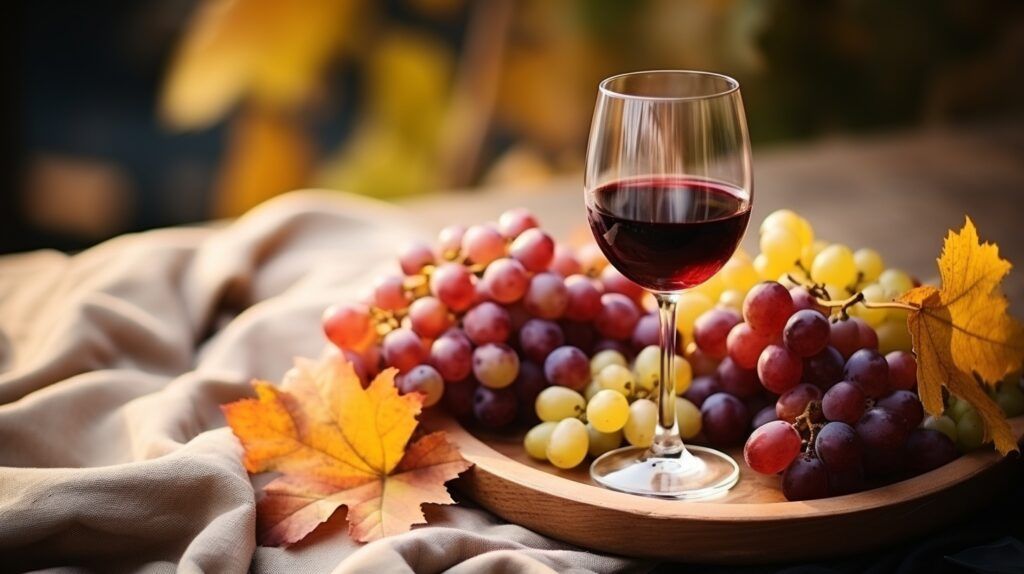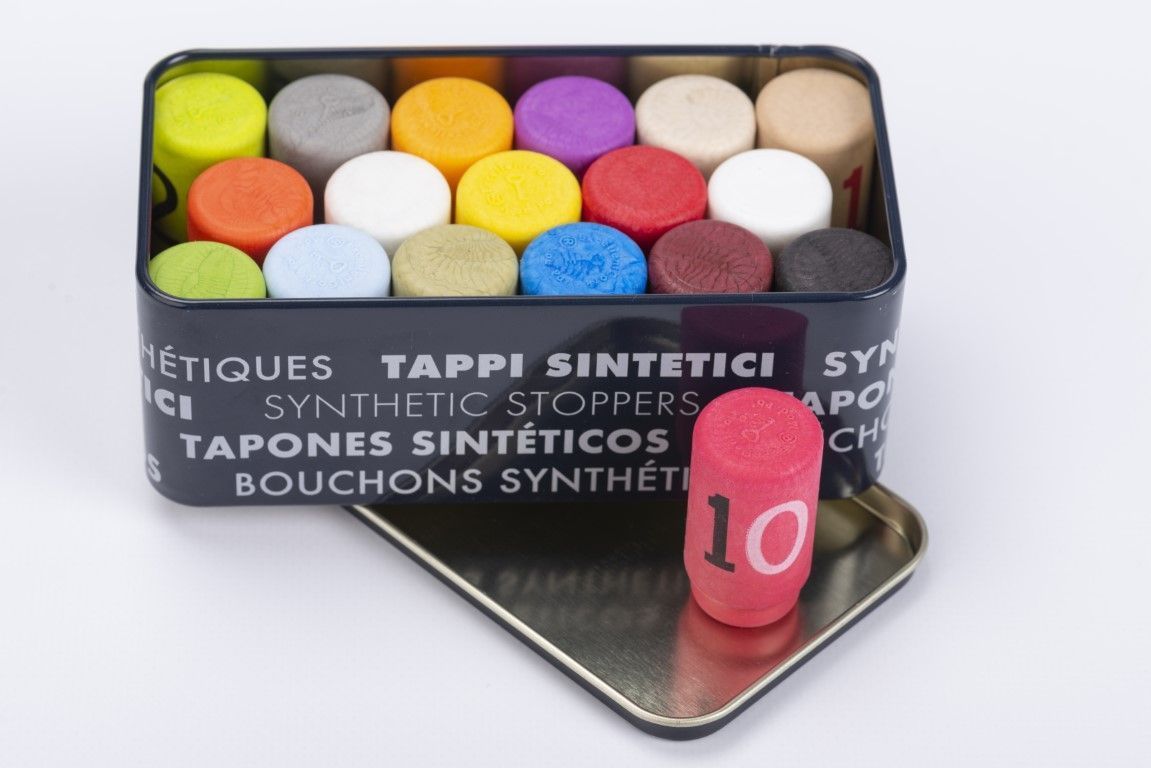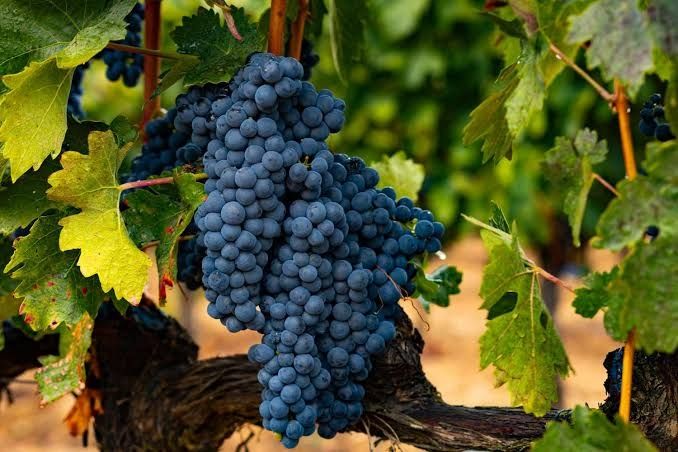If you love wine, have you ever wondered what the color of wine means and why it is the way it is? This hue reveals its origin, aging, and production process.
At Excellent Cork, as manufacturers of synthetic bottle stoppers, we understand how important it is to preserve the quality of every drink. That’s why in this article, we’ll explore the key elements behind wine colors. Join us!
What Determines the Color of Wine?
The color of wine is determined by various factors, such as the grape variety used in its production and the way the skins of the fruit are fermented.
Additionally, compounds found in the grape skins, such as anthocyanins, give red wines their color, while white wines are usually made without the skins. Other factors, such as aging, maceration time, and the type of barrel, also influence the final tone of the wine.
Red Wine Colors: Shades and Their Evolution
Red wine is a beverage that, in addition to its delightful taste, offers a wide range of colors—from deep purple to more subdued shades like brown or garnet. As wine matures, its color changes and evolves due to oxidation and interaction with barrel wood.
- Young Wines: They display vibrant and dark colors like purple or violet. These tones indicate freshness, acidity, and a high concentration of phenolic compounds.
- Medium-Aged Wines: Reds start to exhibit softer colors, such as ruby or garnet, due to aging in barrels or bottles.
- Aged Wines: As a red wine matures, its color shifts toward tile red or even brown. These tones indicate advanced oxidation and aging, reflecting a smoother texture and a more velvety flavor profile.

White Wine Colors: Range and Significance
The color of white wine varies across shades, from pale yellow to a deeper golden hue. Grape variety, wine age, and vinification process all influence its color.
Many young white wines have light yellow or greenish tones, while those aged in barrels develop deeper colors, such as amber or gold. Each of these hues reflects the intensity, quality, and acidity of the drink.

Rosé Wine Colors: Varieties and Characteristics
Rosé wine is known for its broad spectrum of colors, ranging from delicate shades to more intense hues, depending on the grape variety used and the vinification method. Rosé wine tones are not only visually appealing but also reflect unique flavor and style characteristics. Some examples include:
- Strawberry Pink or Light Red: Closer to red, these colors require a greater extraction of pigment during maceration.
- Pale Pink: These may vary toward grayish or soft pink tones and typically represent fresh, light wines with vibrant acidity.
- Salmon or Orange-Pink: These tend to be more structured, with greater body and complexity on the palate. These wines may have spent more time in contact with grape skins.
The Importance of Color in Wine Tasting
In the process of wine tasting, color is one of the main elements analyzed, as it provides clues about the wine’s aging, identity, and quality.
By observing wine, experienced tasters can anticipate certain factors about its structure and flavor.
Frequently Asked Questions About Wine Color
Why do some red wines lose color over time?
Wines are beverages that lose color intensity over time due to oxidation and the polymerization of phenolic compounds like anthocyanins. These compounds break down and integrate into larger structures that precipitate to the bottom of the bottle.
What does a white wine with intense yellow tones indicate?
A white wine with intense yellow or golden tones can reveal several aspects about its production method and stability. It may suggest a wine with greater body and complexity, potentially with more mature notes and lower acidity. Over time, white wines develop more golden hues, a clear sign of aging.
Can the color of wine predict its acidity or sweetness?
The color of wine offers some hints about its acidity or sweetness, but it’s not entirely reliable. Some correlations between color and these characteristics are:
- Sweetness: Color alone cannot predict sweetness, although it can offer clues. White wines with golden or deep amber tones may indicate sweet wines, such as dessert wines or those aged in barrels.
- Acidity: Lighter-colored wines tend to be more acidic. For instance, white wines with greenish or pale yellow tones are often fresher. In red wines, vibrant tones like ruby or purple in young wines may suggest higher acidity.
In addition to color, other factors like the grape variety and the vinification process are key determinants of quality, acidity, and sweetness.
At Excellent Cork, we invite you to choose the highest-quality corks to ensure the preservation of color, flavor, and aroma in various liquors, such as wine. We’re here to help!





